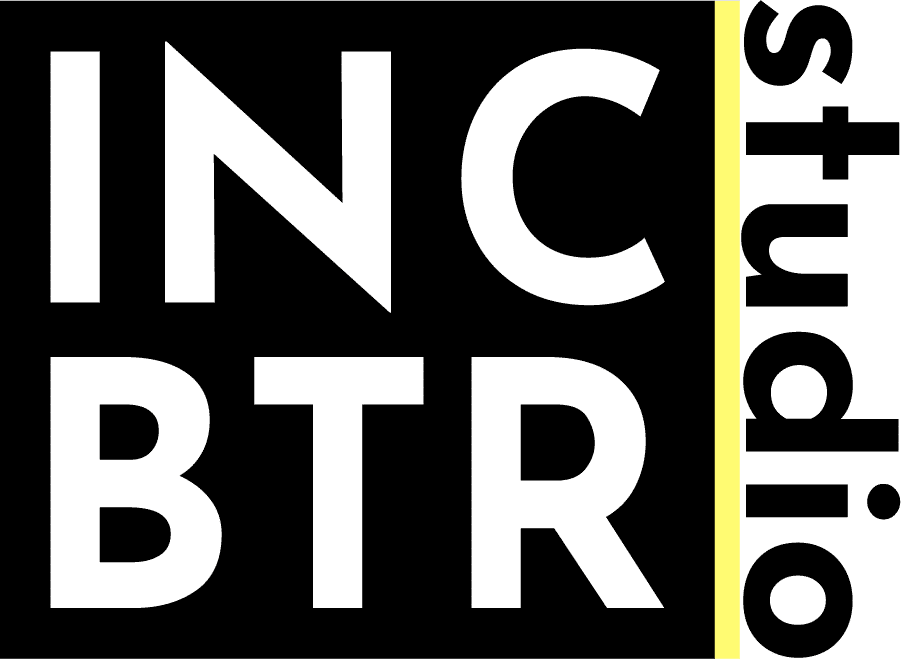A logo is often considered as the only element of a brand image. However, your company’s visual brand image is actually the result of the creation & association of several elements such as:
- Colours
- Fonts
- Logos
- Graphic elements
- Patters
- Icons
- Pictures
- Words
The logo is therefore not the only element that makes up your brand, although it is often the first graphic element that comes into contact with your prospects. A good logo is said to be relevant to your audience, easy to read, distinctive, adaptable, simple, memorable, timeless & versatile. Let’s see how to create that good logo for free.
DEFINE YOUR BRAND ESSENCE
Of course, we always start with the strategy & then move on to the production. We need to know why we do what we do, don’t we?
In order to define the brand essence associated with the business that needs a logo, you need to describe its unique brand strategy, values, mission, vision, target market, persona & competitors – at a minimum.
A brand image starts with words, emotions, descriptions. With this in mind & with the help of your brand strategy written down black on white, you will be in the position to make more effective choices when producing your logo.
DEFINE YOUR COLOUR RANGE
Colours connect your brand’s values & personality. So when you choose a colour, you also select the emotions that will make your customers connect with your brand. You therefore need to find the right colour combination that will match your brand image definition, but also the colours your ideal customer will appreciate.
Remember, however, that colour psychology is not completely universal… The same colour can create very different emotions in two different people. Geographical area, religion & culture also have impacts on the colours’ meaning. Beware of misunderstandings!
In addition, note that the repetition of the same colour increases brand recognition by 80%. This recognition impacts consumer confidence directly. This is why it is important to define your brand’s colour palette & to be consistent in its use.
A colour palette is a set of colours. It is composed of two to six colours maximum, defined as follows:
- Main colour = 1 or 2. Your main colours will be used 60% of the time. You will use them whenever you need to highlight something.
- Accent colour = 1 or 2. Your accent colours will be used 10% of the time as they are secondary colours. For example: when you have something else to highlight & the primary colour is already in use nearby.
- Neutral colour = 1 or 2. Your neutral colours will be used 30% of the time. They are here to highlight your main colours & will be used mainly as background colours.
The easiest way is to start with two colours (one main + one neutral colour). You can always add to your palette later on. Canva offers ideas of colour palettes.
DEFINE YOUR FONT PALETTE
Even typographies or fonts convey emotions! This is why you need to create your typographic palette carefully.
You need one to three typefaces to make your palette complete. To remain consistent with your brand identity, define the use of each of them:
- a font for titles
- a font for text body
- a font to accentuate
A very simple way to achieve this, without making strategic mistakes, is to find a font with many styles (light, normal, medium, bold, …): you can then play with their style for your palette. Montserrat is a perfect example.
We advise you to select your typefaces on the website Google Fonts, because this fonts library is free, royalty-free & you’ll find all these fonts on most of your online tools, especially on Canva.
CREATE FROM A PREFABRICATED LOGO
If you want to create your own logo, we recommend the online graphic design tool Canva. This can be a great way to get started when you have limited or no budget. This website has a huge number of prefabricated logos that are sorted by industry. You will no doubt find what you want, but you can also get lost in the choice! That’s why you should always go back to your brand strategy when you have doubts.
Be careful! If you want to build your own logo on Canva (or add graphic elements to the selected template), Canva clearly states in its general terms & conditions of sale that it is forbidden to use in your logo the illustrations or graphic elements found in the Elements section.
PERSONALIZE YOUR LOGO
Once you have chosen THE logo that suits your brand, you need to adapt & customize it. This will limit similarities in the case another company chooses the same logo as you. That’s the limit of prefabricated logos!
Add your brand name & slogan, then change the typography & colours using the previously defined palettes.
Finally, think of variations:
- of colours: your logo should work on both dark & light backgrounds
- of formats: your logo should work in very small but also in very large, square, vertical & horizontal formats.
DOWNLOAD YOUR LOGOS
Once all the variations have been created, export them in order to start using them on all your communication media. We advise you to download the files in three extensions:
- JPEG: this is by far the most common image format. You will use this format 99% of the time.
- PNG: this format supports transparency. You will use PNG if you don’t want a white background, for example when you display your logo on an image.
- SVG or PDF: these formats support vectorisation of elements. This means that if you need to change the size of your logo or have it printed, you will use this format. In addition, if you use design tools such as Illustrator, you can modify the SVG format.
Now it’s time to move on to the most important (& most neglected) element of your visual identity: your brand’s guidelines! What is it? A document that summarises your complete visual identity, from the hexadecimal code of your main colours to the rules for using your logo. It is an extremely important document that allows you, your teams & your subcontractors to keep the common thread of your visual identity. It regulates & governs its use. This document can be very simple as well as it can be an extremely precise document of about fifty pages!
The limitation of using a prefabricated logo as a starting point for your business’ new brand identity is its lack of uniqueness, as several companies may end up with the same logo as yours, except for a few details. It will be more difficult to stand out from the ordinary, because the logo model is not very flexible & ultimately complicated to modify without breaking its initial structure. It is sometimes more effective to start with a simple typographic logo (without graphic elements) than to complicate things with a clumsily customized prefabricated logo. Moreover, this “free” logo, which will admittedly take you a long time to create, will require a subscription to the paid version of Canva (currently 109.99 euros) in order to be exported under all the recommended formats for optimal use.





